
Somatic Healer | Practitioner ✧ Fascia, Trauma & Emotion Release 📍 Topanga | 1:1 • Membership • Courses, Classes ↓ https://t.co/ZhkPmNkrYY
11 subscribers
How to get URL link on X (Twitter) App

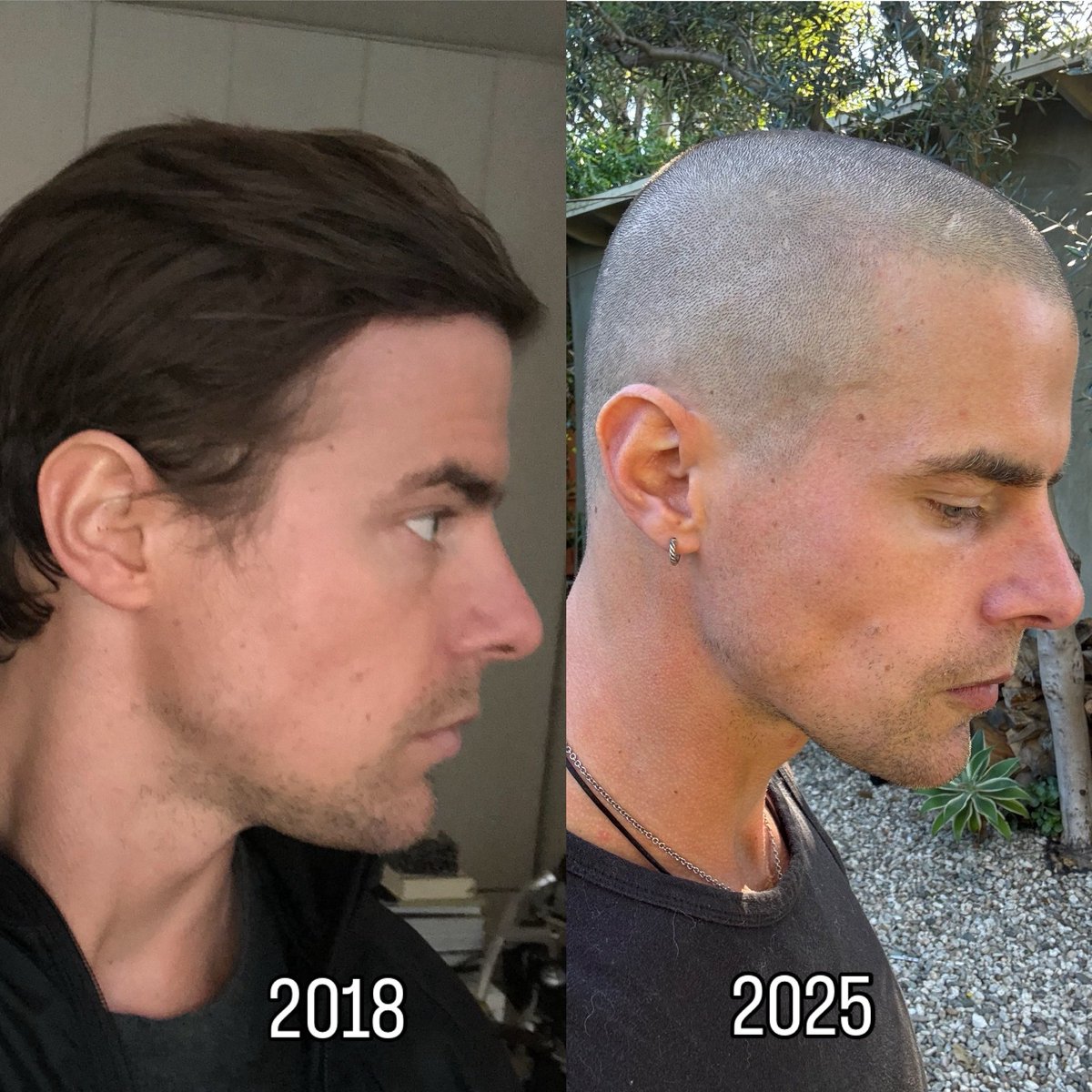
 Fascia holds tension, trauma, and old patterns.
Fascia holds tension, trauma, and old patterns.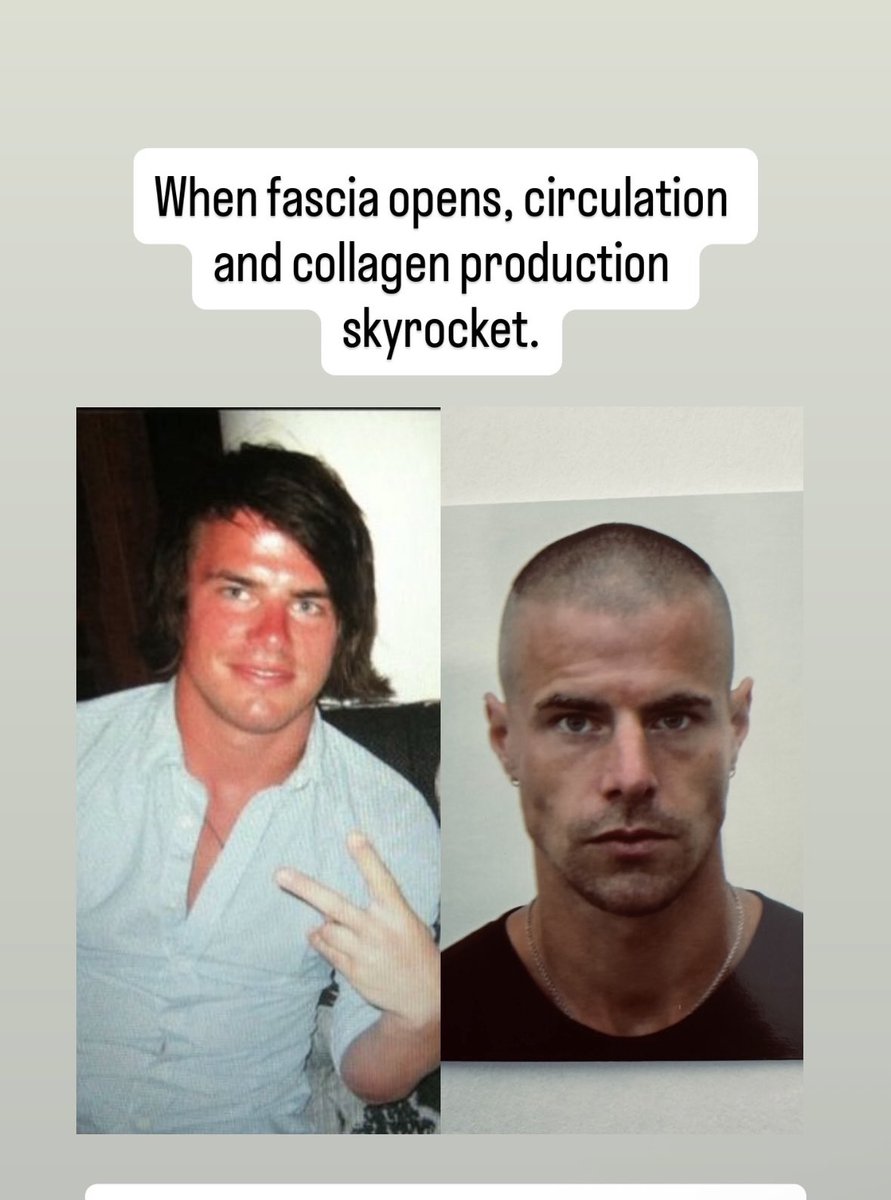
 1️⃣ Myth: “Tension is just tight muscles.”
1️⃣ Myth: “Tension is just tight muscles.”
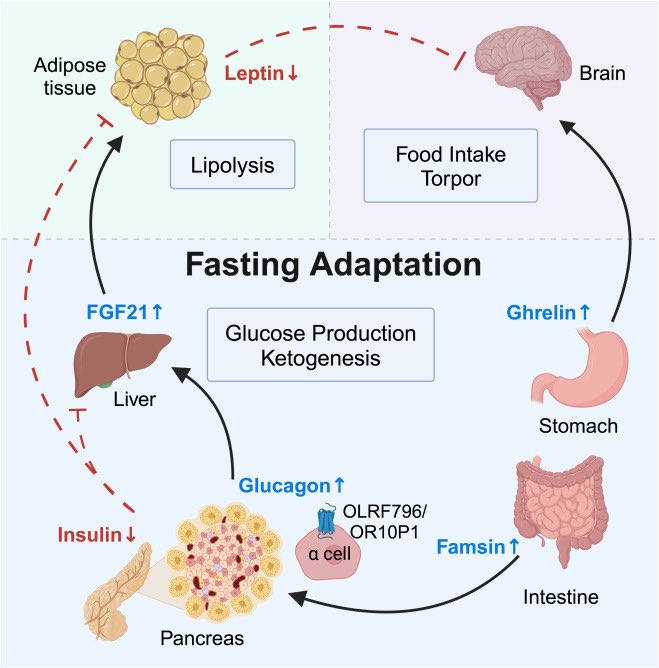

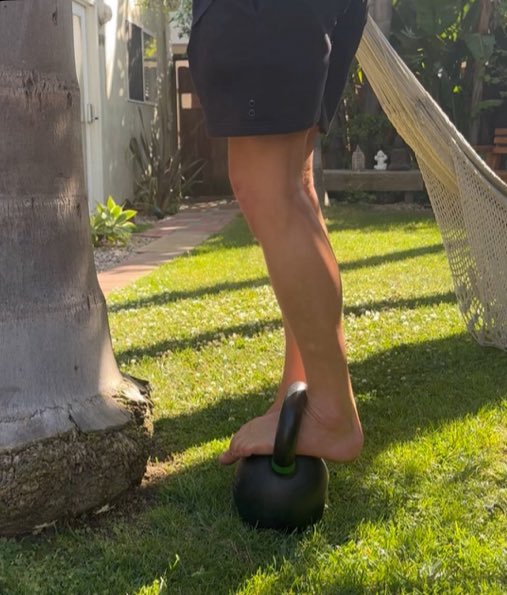

 Your feet are a map of your trauma.
Your feet are a map of your trauma.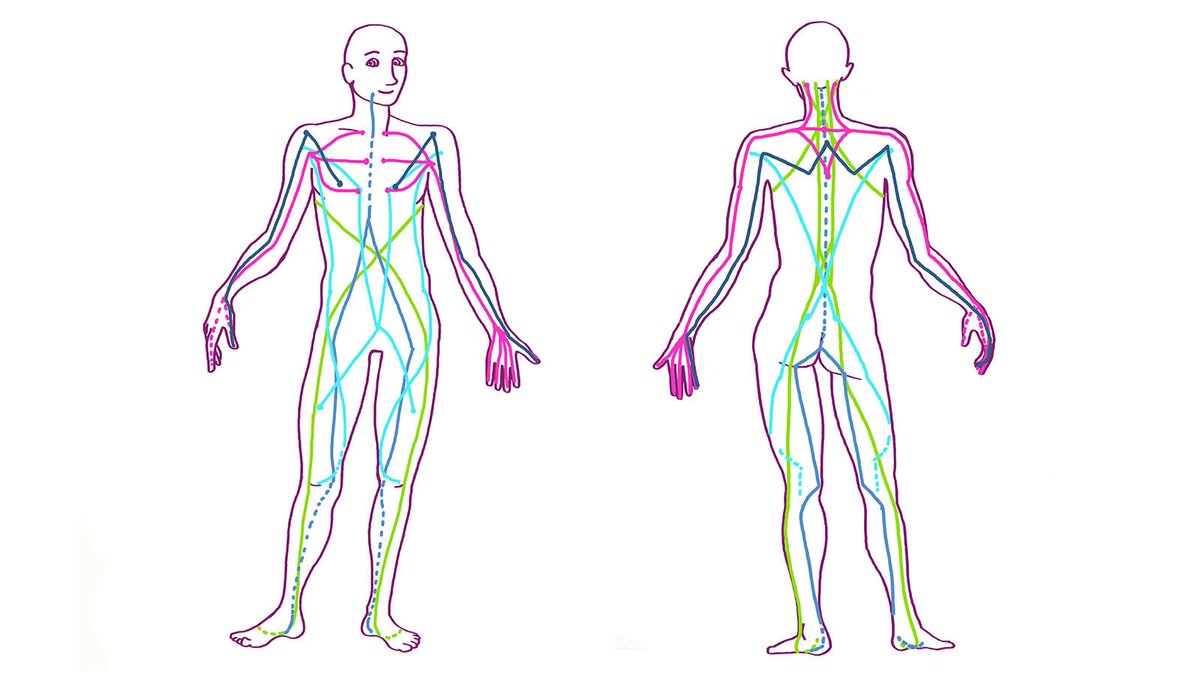

https://x.com/juleshorn01/status/1987245289623695390

 TMJ = Temporomandibular Joint.
TMJ = Temporomandibular Joint.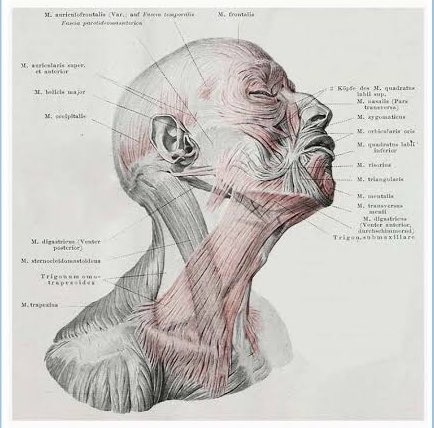

 Your tongue isn’t just a muscle
Your tongue isn’t just a muscle

 Every emotion carries a frequency.
Every emotion carries a frequency.
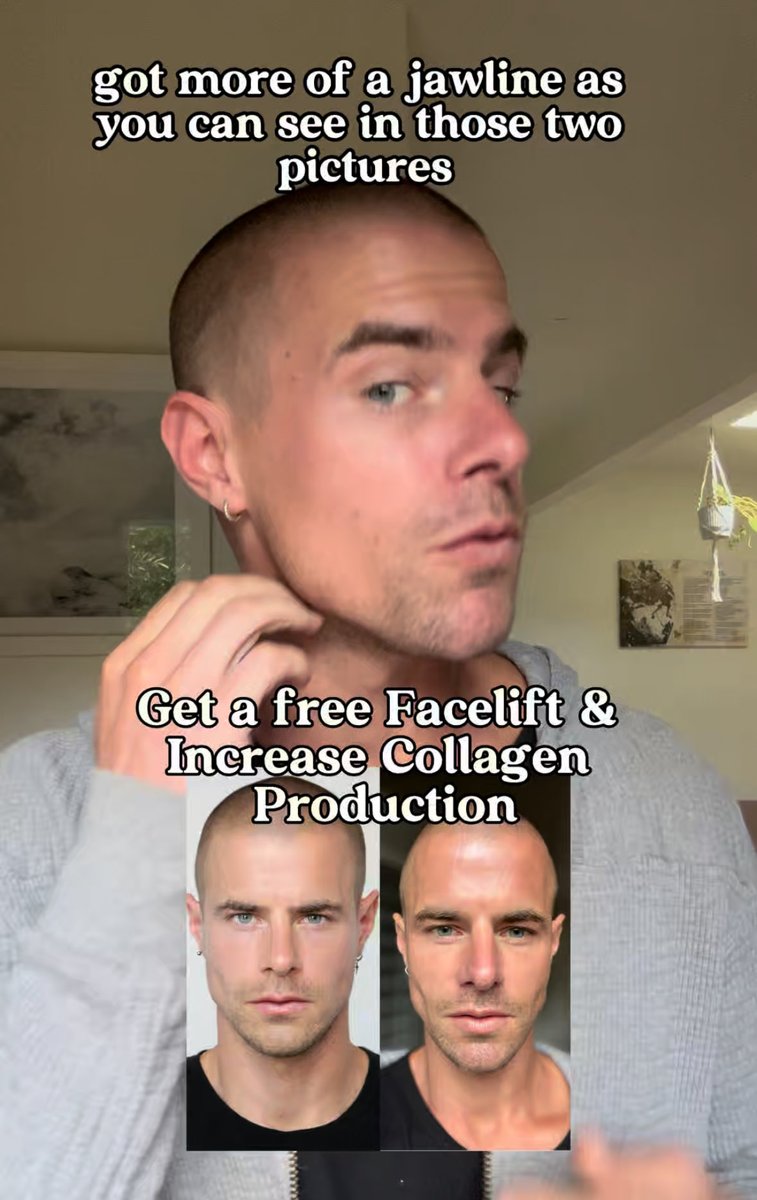

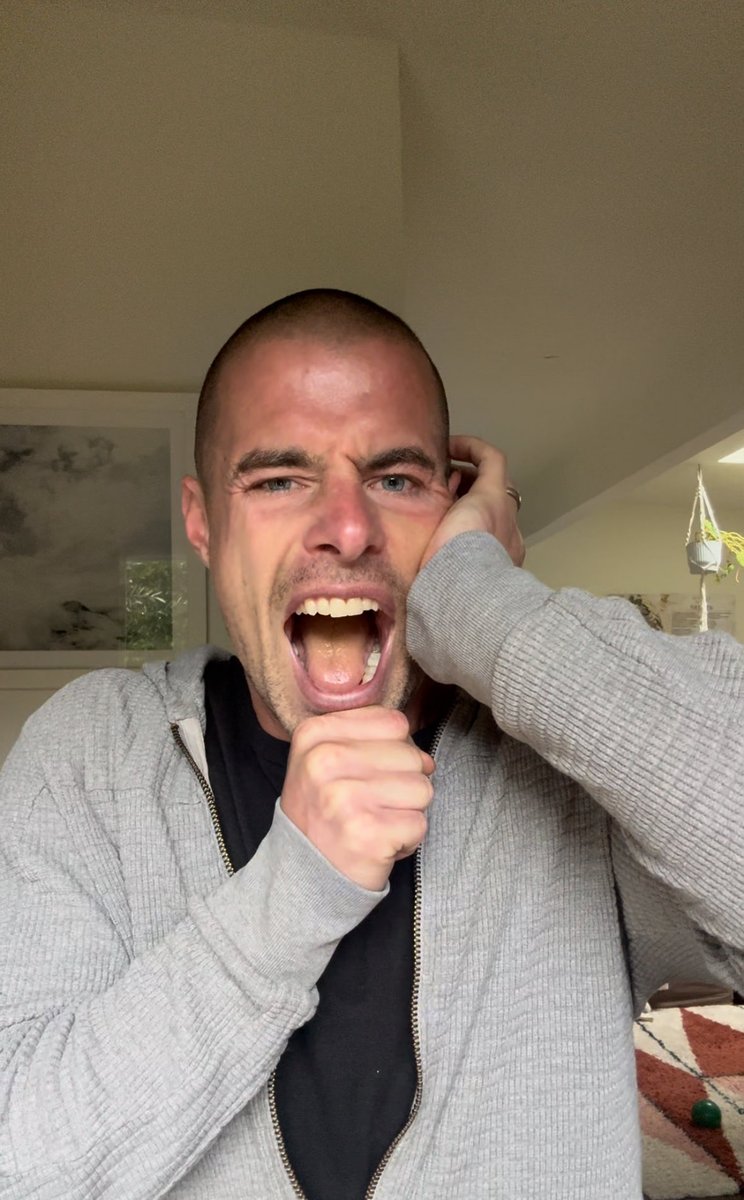 When the fascia under your chin tightens, it literally pulls your face downward.
When the fascia under your chin tightens, it literally pulls your face downward.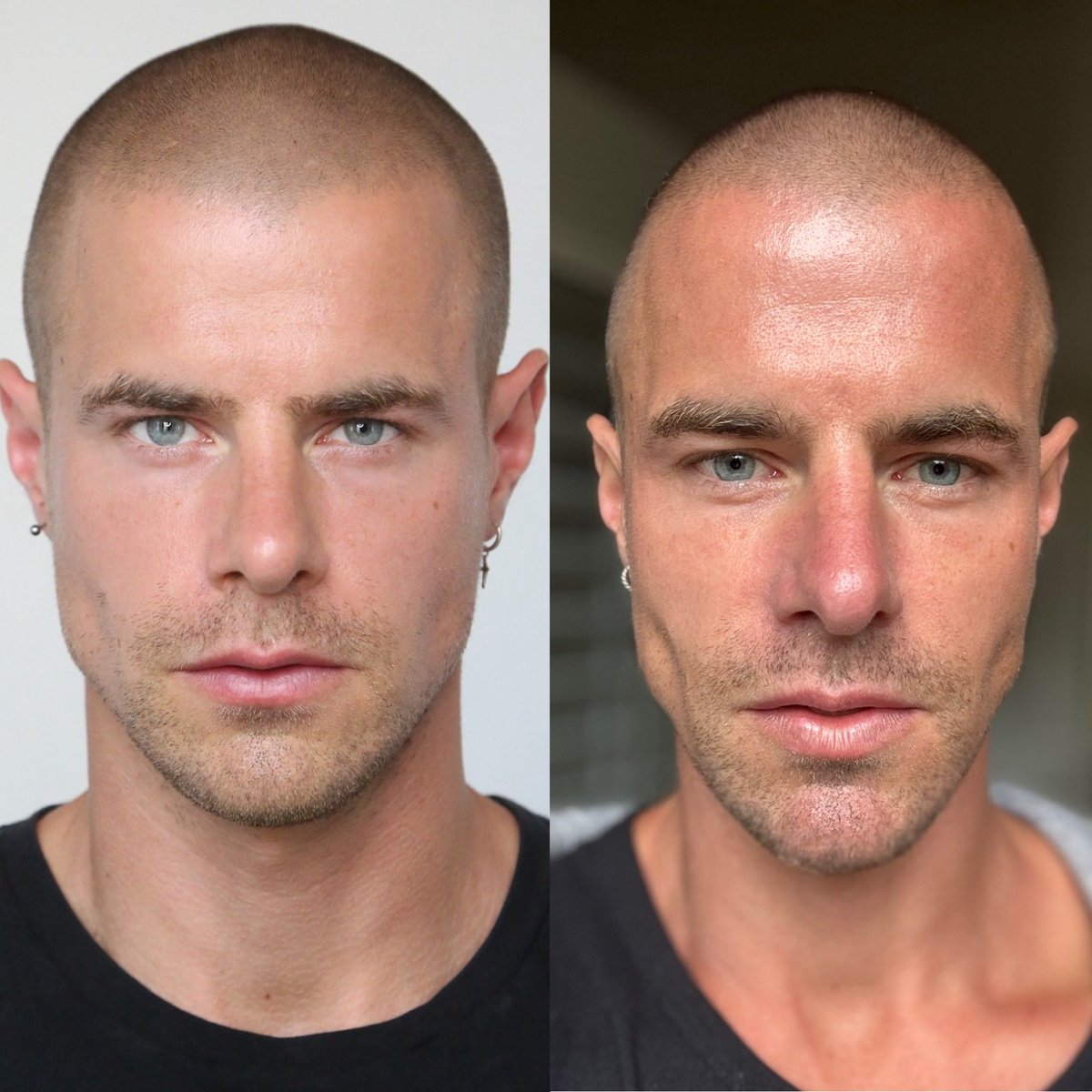


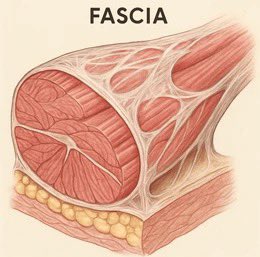 Puffiness isn’t a skincare issue.
Puffiness isn’t a skincare issue.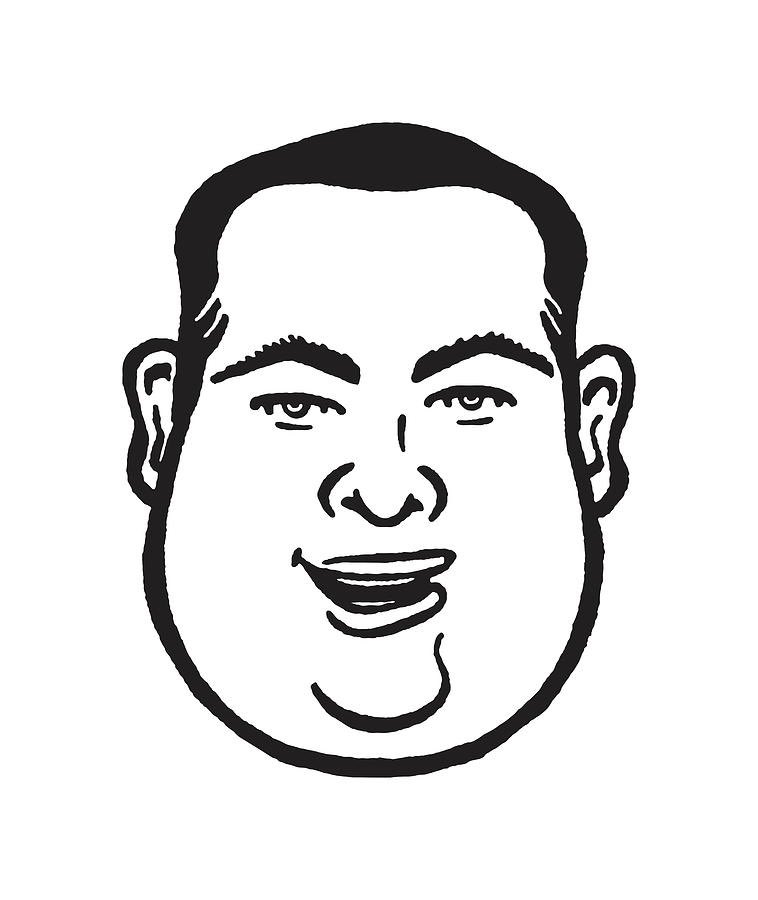
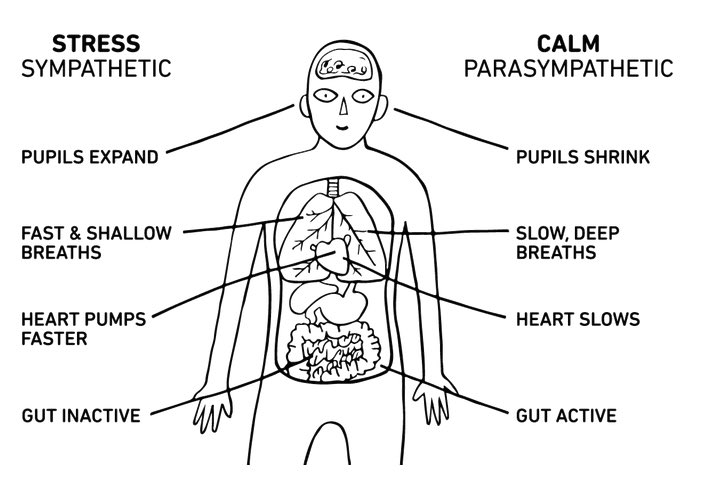

 When you live in stress, your fascia tightens like armor.
When you live in stress, your fascia tightens like armor.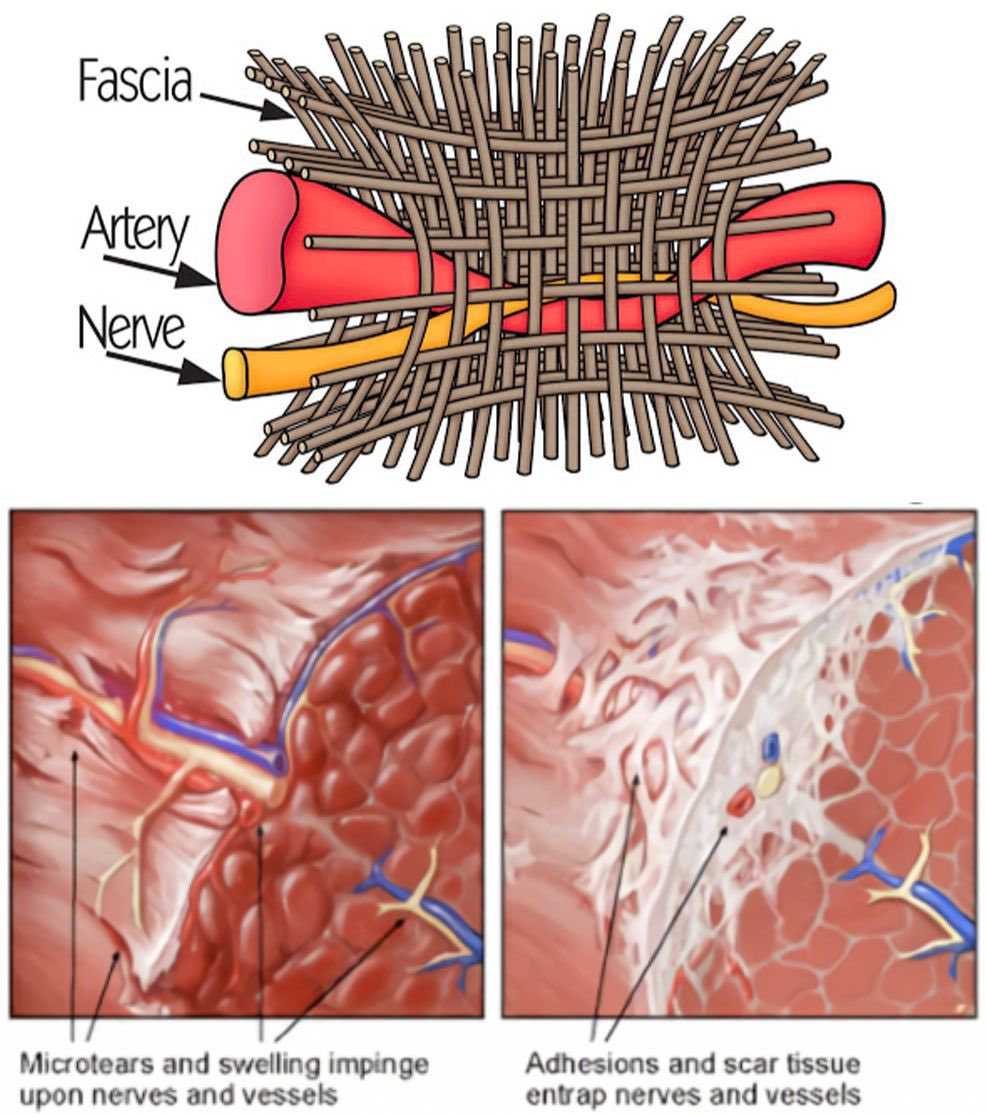


 You’re holding pain in your:
You’re holding pain in your: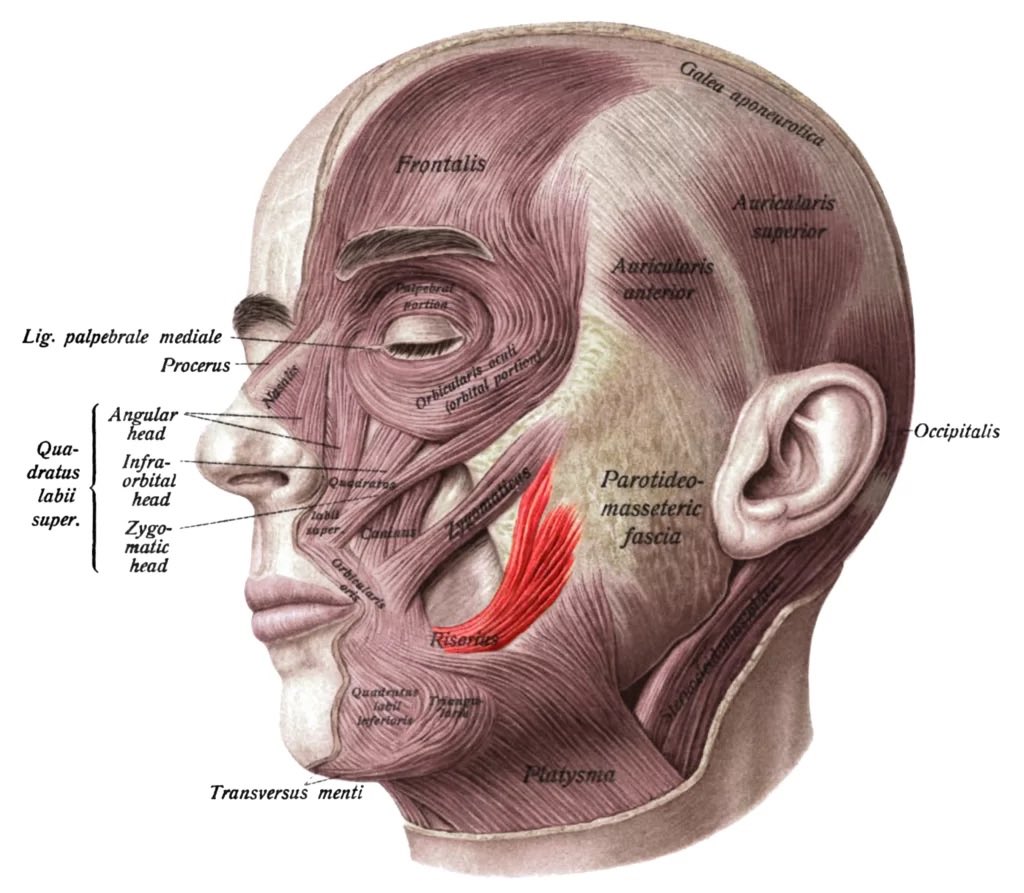
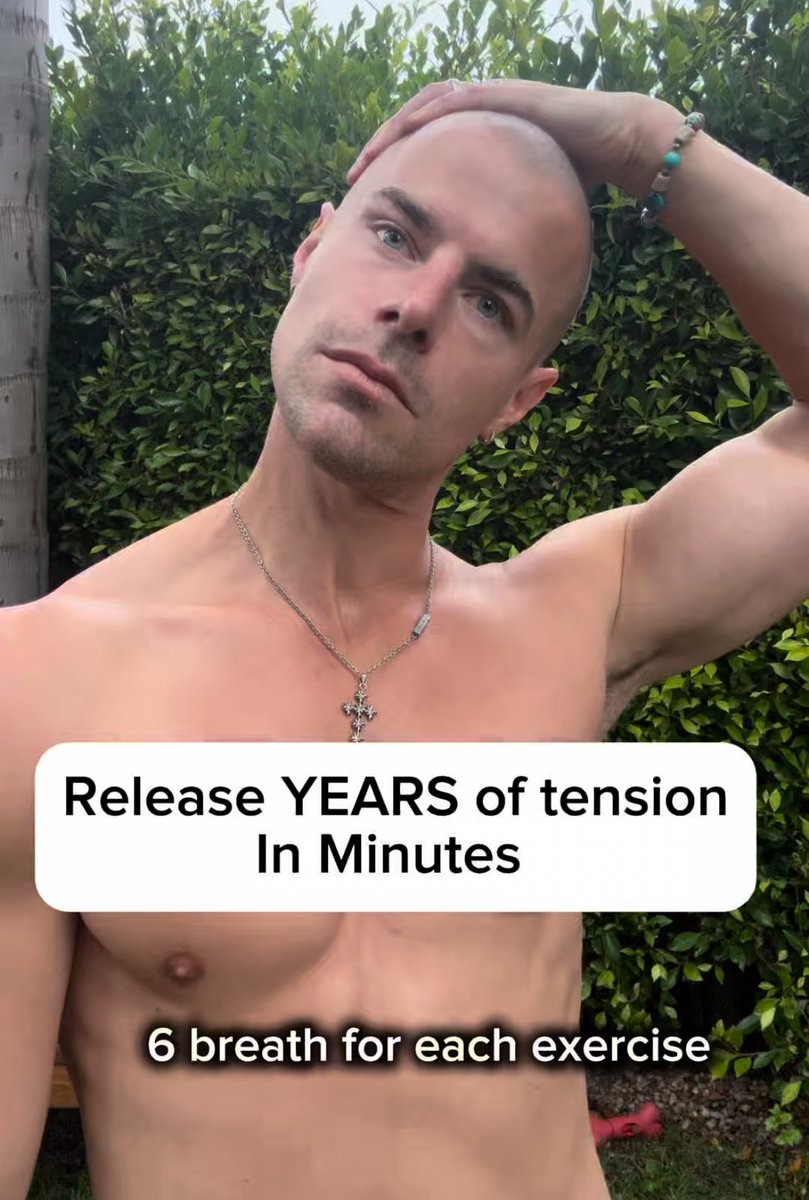

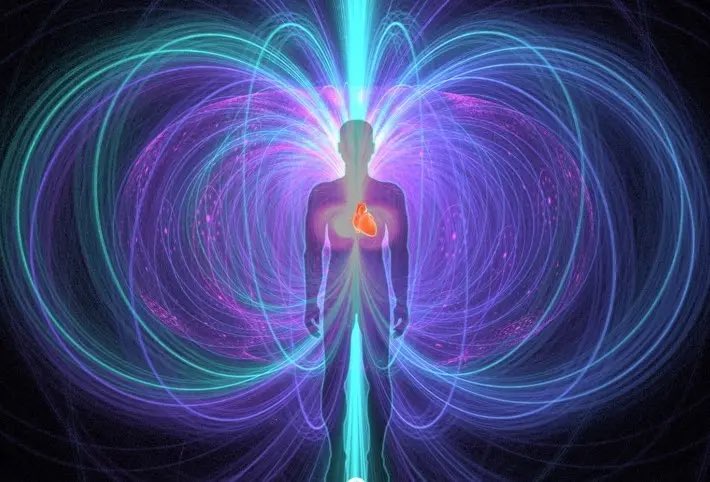 Fascia is the connective web that runs through your entire body.
Fascia is the connective web that runs through your entire body.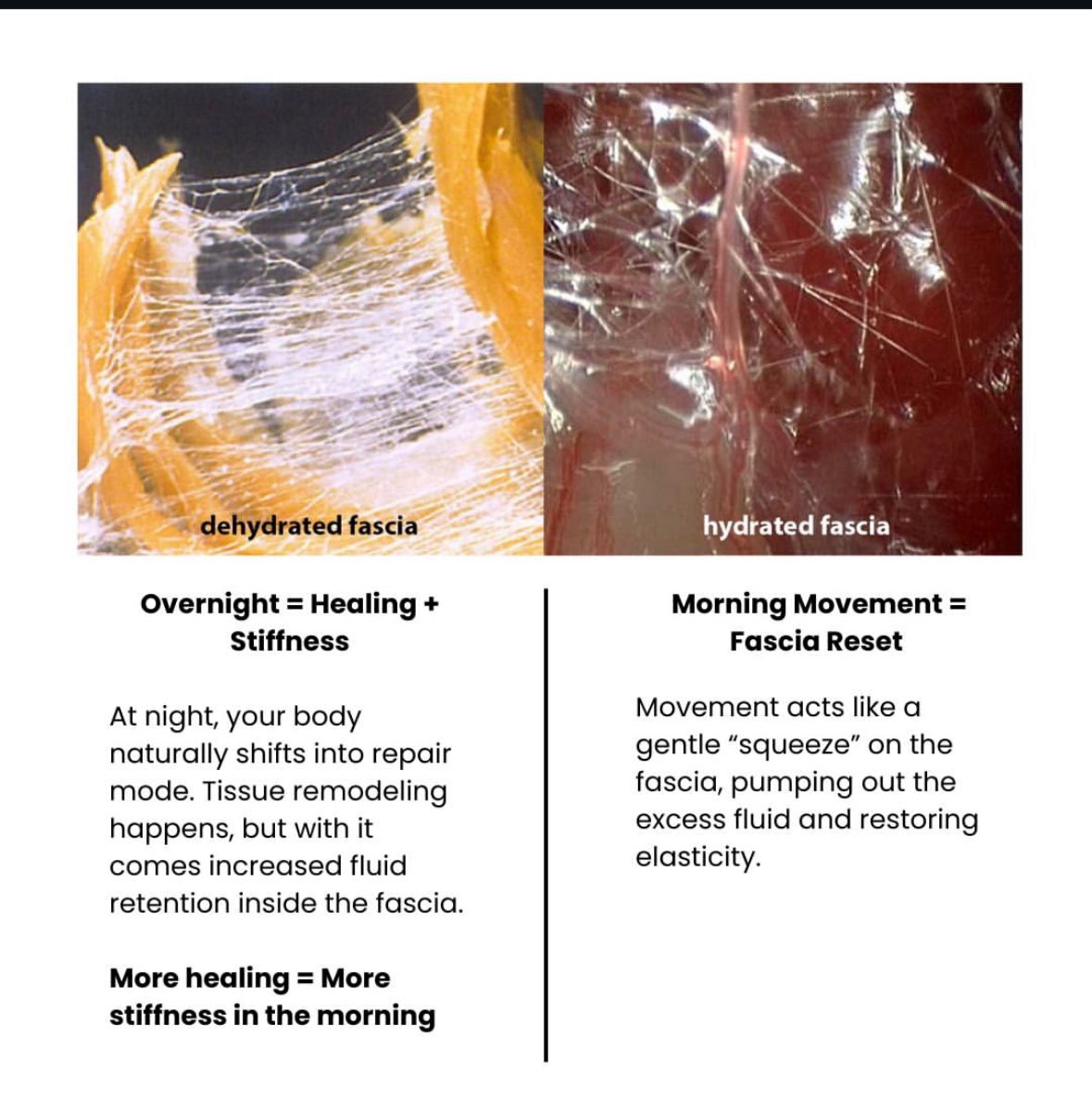


 Under the base of your skull are occipital trigger points, they’re connected to your liver and gallbladder meridians (the organs linked to anger in Traditional Chinese Medicine).
Under the base of your skull are occipital trigger points, they’re connected to your liver and gallbladder meridians (the organs linked to anger in Traditional Chinese Medicine).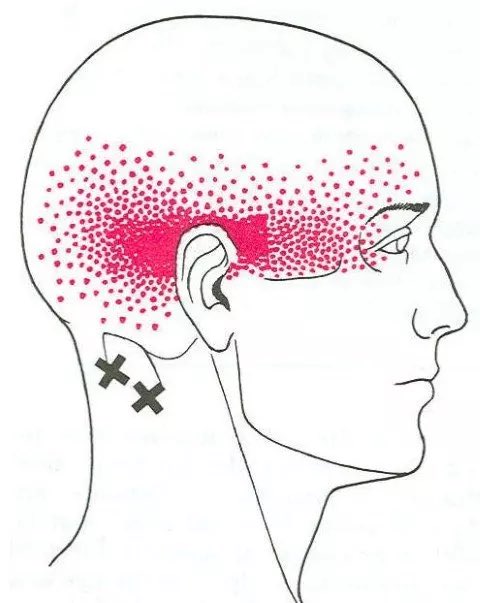
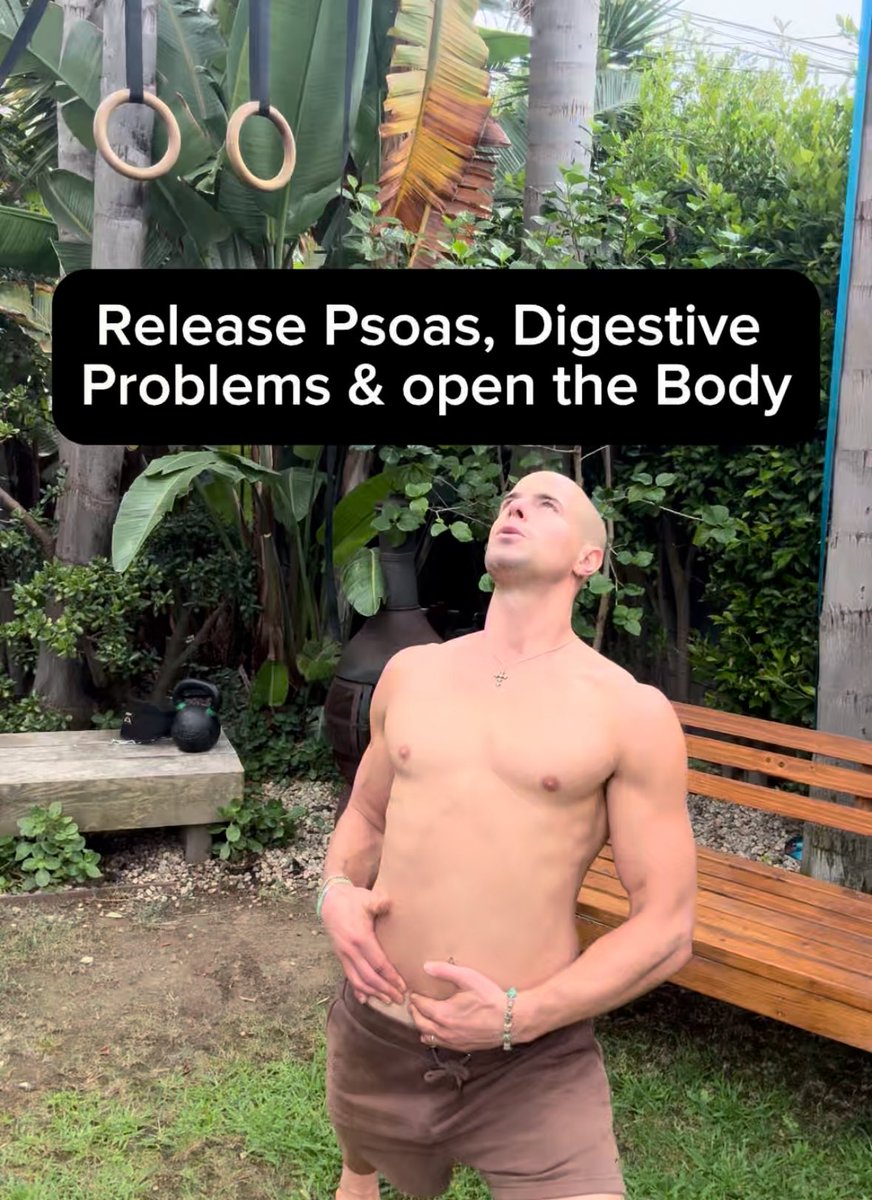

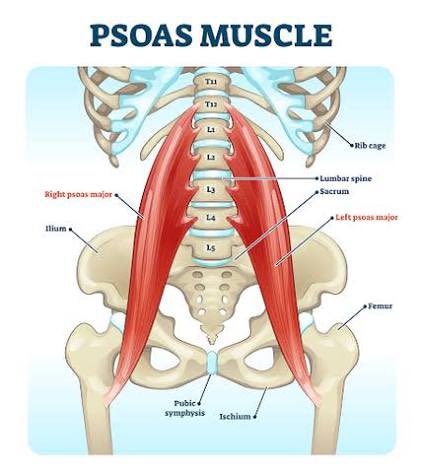 The psoas isn’t just a hip flexor.
The psoas isn’t just a hip flexor.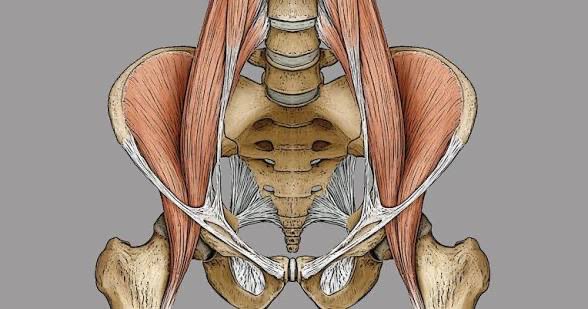


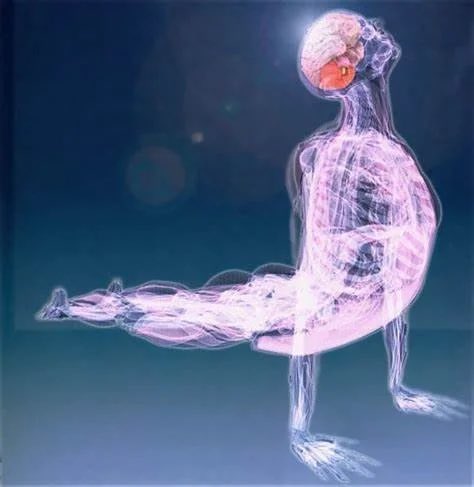 Fascia is the connective web that wraps every muscle, organ, and nerve.
Fascia is the connective web that wraps every muscle, organ, and nerve.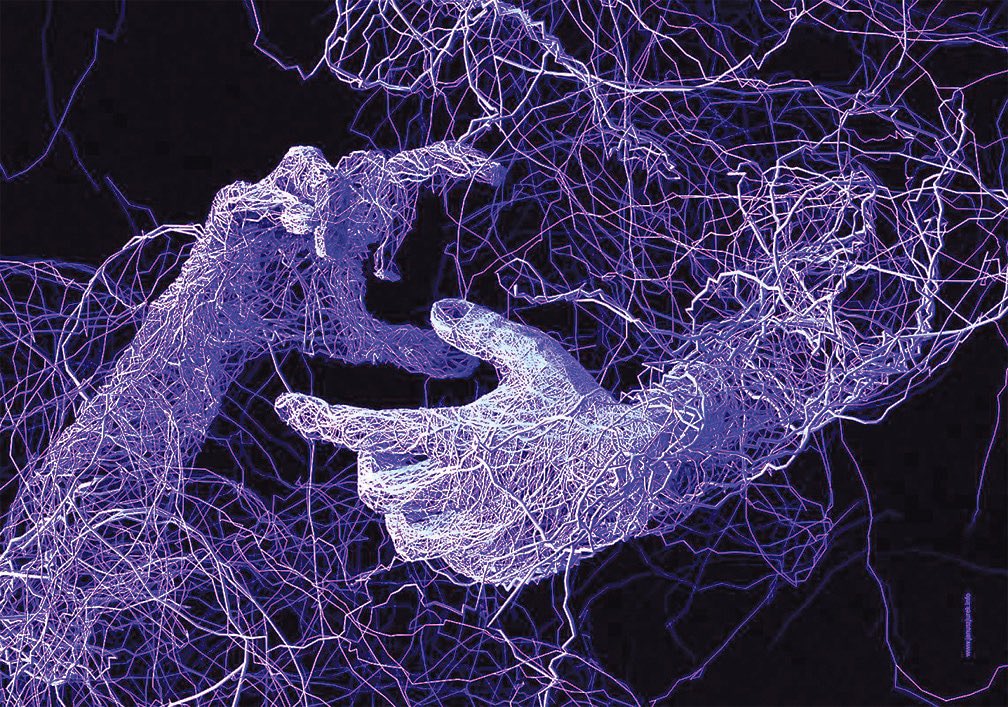
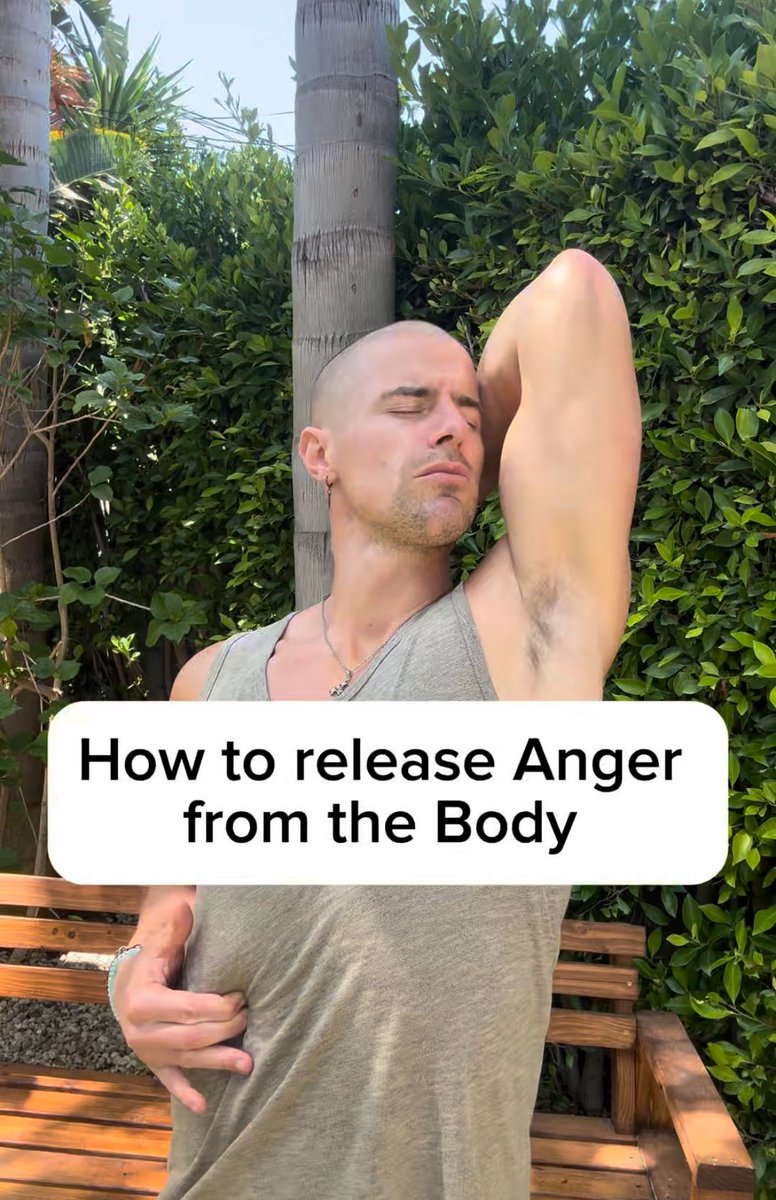

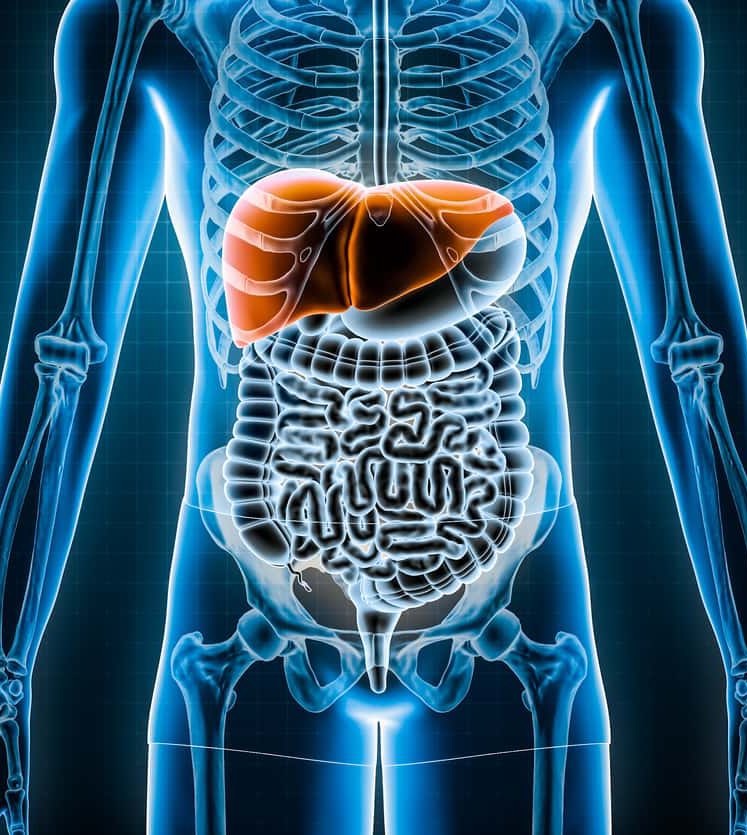 Fascia is the connective tissue “web” that wraps every organ.
Fascia is the connective tissue “web” that wraps every organ.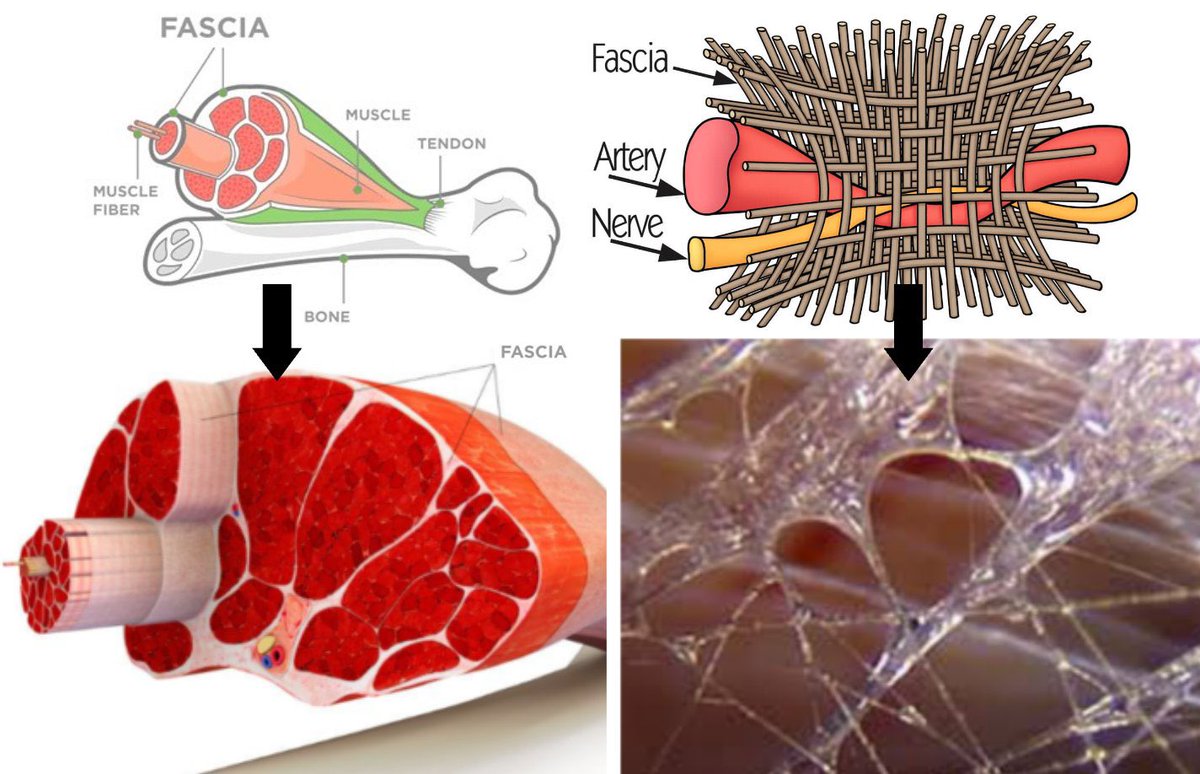


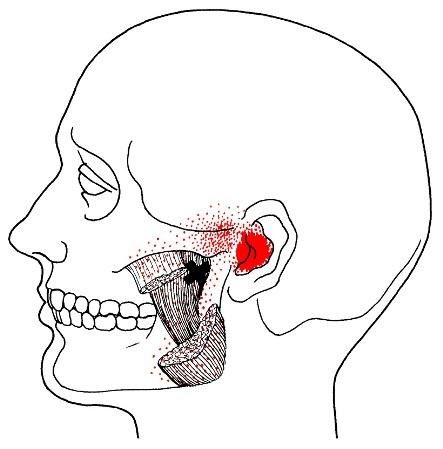 That’s why ear drops and meds rarely fix it.
That’s why ear drops and meds rarely fix it.
https://twitter.com/juleshorn01/status/1956749538309668976Your face isn’t just “skin deep.”
https://twitter.com/juleshorn01/status/1957518693128450528
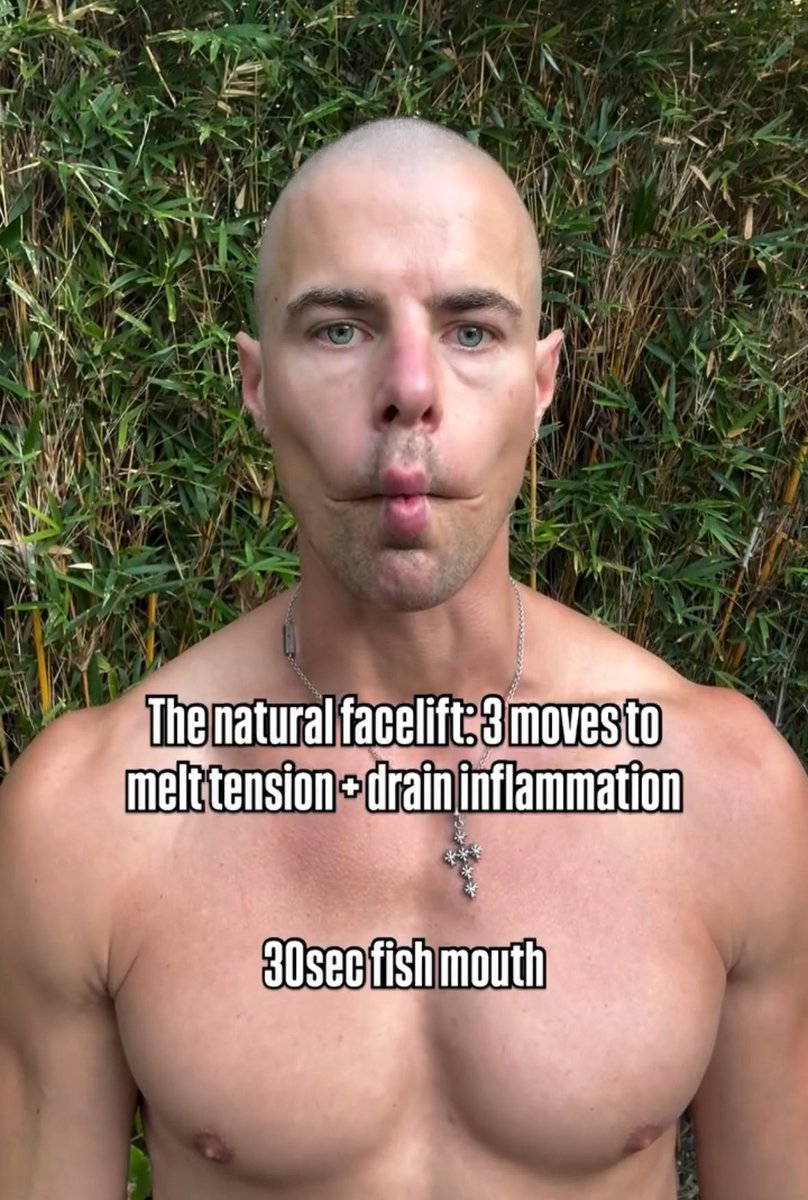
https://twitter.com/juleshorn01/status/1959306224744513726
 Most people carry swelling, puffiness, and stored emotions in their face.
Most people carry swelling, puffiness, and stored emotions in their face.